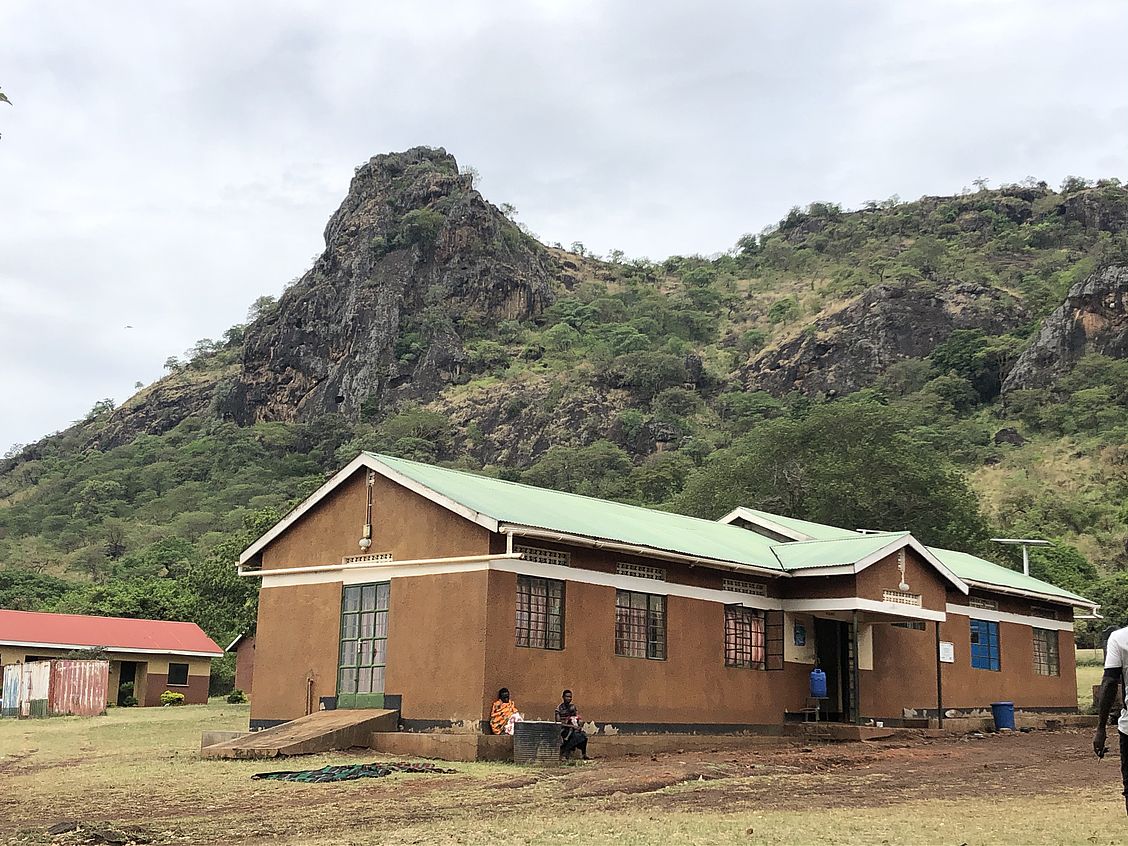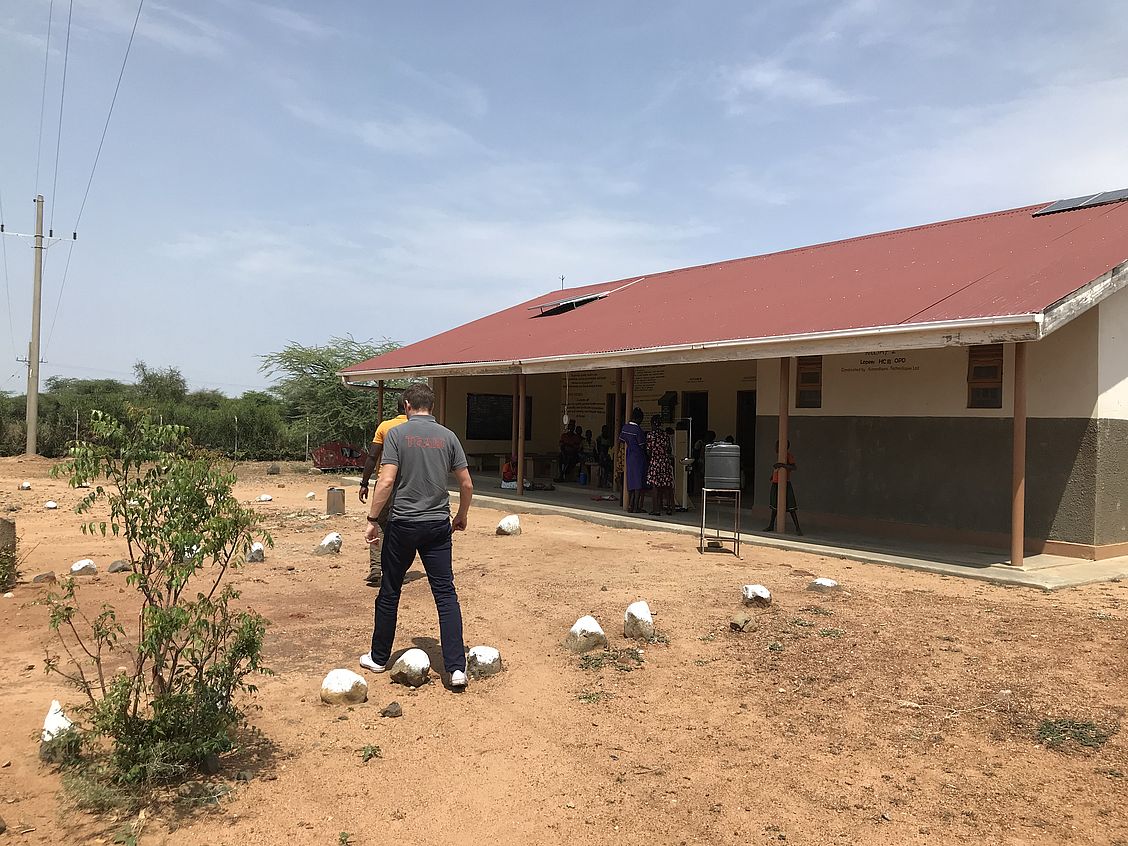TB-LAMP works for you wherever you are! Solar energy for interruption free detection of TB in Uganda
05/27/2020
“I am so happy about the independent power supply for my TB-LAMP instrument” is an often heard sentence during André’s and Wolfgang’s journey through Uganda in March 2020.
| Source | Sample number | Method | Sensitivity | Specitivity |
|---|---|---|---|---|
| Reddy et al. (2018) | 705 | Smear microscopy | 45.4 % | 99.0 % |
| Reddy et al. (2018) | 705 | TB-LAMP | 72.6 % | 96.8 % |
| Donfack et. al (2016) | 527 | Smear microscopy | 53.6 % | 99.0 % |
| Donfack et. al (2016) | 527 | TB-LAMP | 82.6 % | 96.0 % |
| N´guessan et al. (2016) | 429 | Smear microscopy | 86.0 % | 96.0 % |
| N´guessan et al. (2016) | 429 | TB-LAMP | 92.0 % | 94.0 % |
| Gray et al. (2016) | 1,777 | Smear microscopy | 63.8 % | - |
| Gray et al. (2016) | 1,777 | TB-LAMP | 97.2 % | 96.6 % |
| Kaku et al. (2016) | 472 | TB-LAMP | 99.1 % | 98.4 % |
| Bojang et al. (2016) | 261 | TB-LAMP | 100.0 % | 100.0 % |
| Ou et al. (2014) | 1392 | TB-LAMP | 92.1 % | 98.3 % |
Table 1
Selected publications with TB-LAMP test performance in peripheral settings.
Bacterial culture was used as gold standard.
A comprehensive list of selected publications is available at:
www.human.de/lamp/pub
The other four participating laboratories of this pilot study are located in the north-east of Uganda, 500km from Kampala.
Imagine you live about eight hours away from the next big city and there is a strong possibility that you are infected with tuberculosis. Then it is good if a laboratory can make a quick and reliable diagnosis directly on the spot! We are glad that TB-LAMP now supports this part and that the Lolachat Health Center is satisfied with it. Because with the instrument we were also able to provide an independent power supply with a solar panel and a battery, which enables continuous operation regardless of frequent interruptions in the power supply!
It is no surprise: the more remote an area is, the more likely the power supply can be unstable.
It is now also possible to participate in the pilot study in the Namalu Health Center and to test their patient samples for TB using the molecular method. Of course, the microscopic method was previously feasible, but with TB-LAMP, the positive samples can be detected much more reliably and thus an
effective fight against TB can be started. 
This picture did not change at the last two stations, the Nadunget Health Center and the Lopei Health Center. Here we installed a second solar panel and the battery. The motivation here is very high and the staff is now very happy about the possibility to do LAMP with the battery. “Testing patients for tuberculosis with a molecular method? This was previously unimaginable in our Health Center due to a lack of air conditioning and poor power supply. TB-LAMP now offers us this possibility and is also very easy to use," said a staff member from the Lopei Health Center.
This visit has shown how remote most of the laboratories in the countryside really are. The main problem there is the really insufficient power supply. It has been shown that the Solar Panel & Battery System is a huge advantage for LAMP, as it would be impossible to install other molecular devices at these locations. We have seen that the batteries are ideal for use to perform multiple runs independent of power. All the Labs could run assays the same day with good results.
Learn more about our TB-LAMP solution at
www.human.de/products/molecular-dx/tb-lamp/



